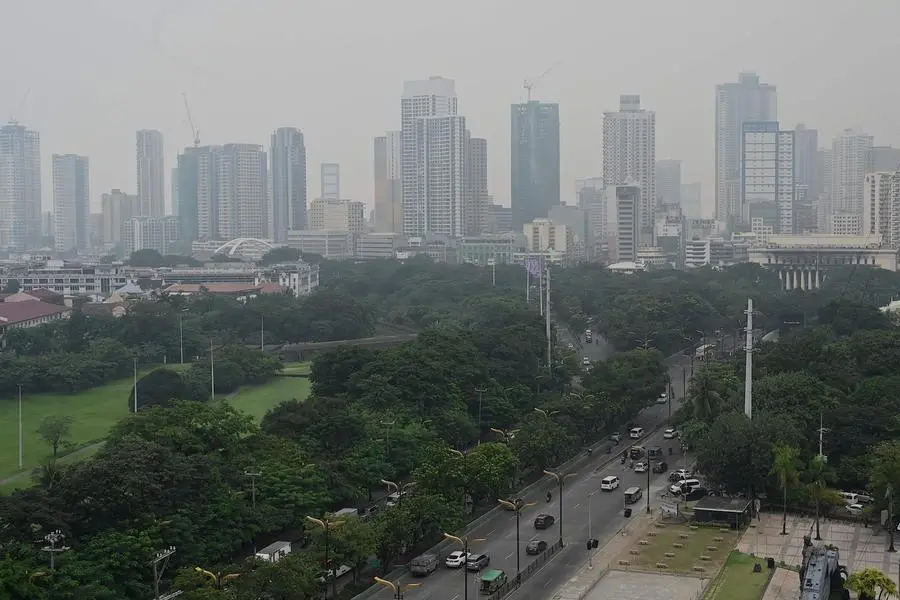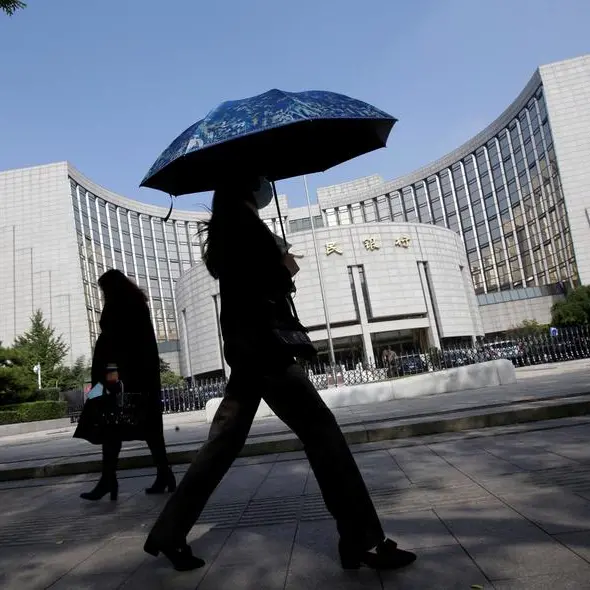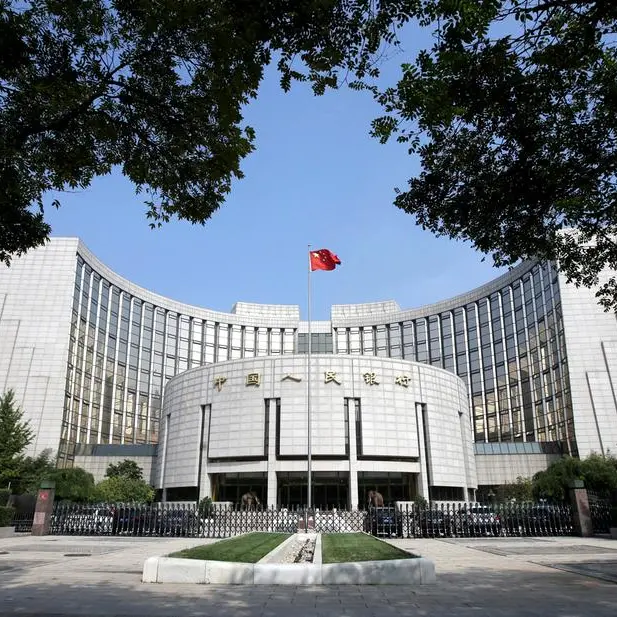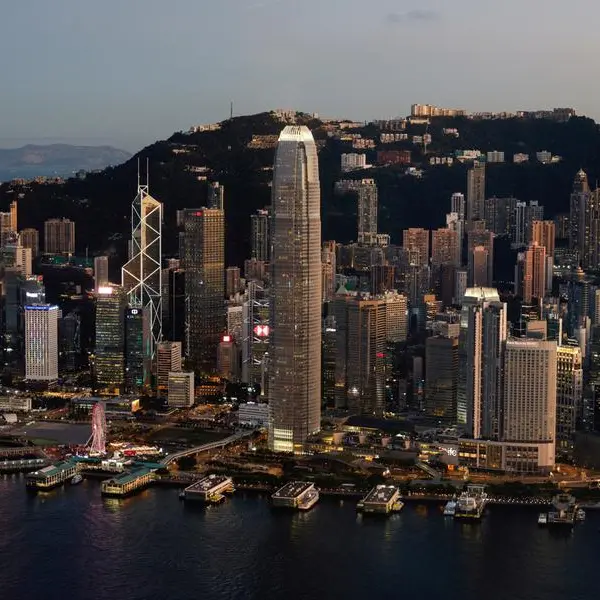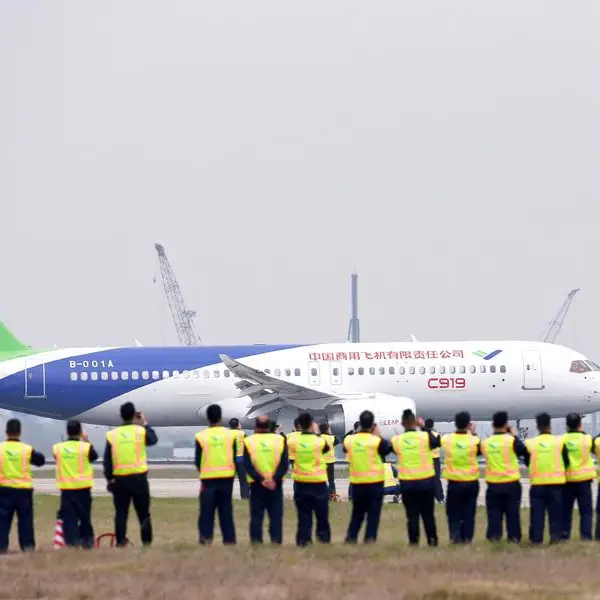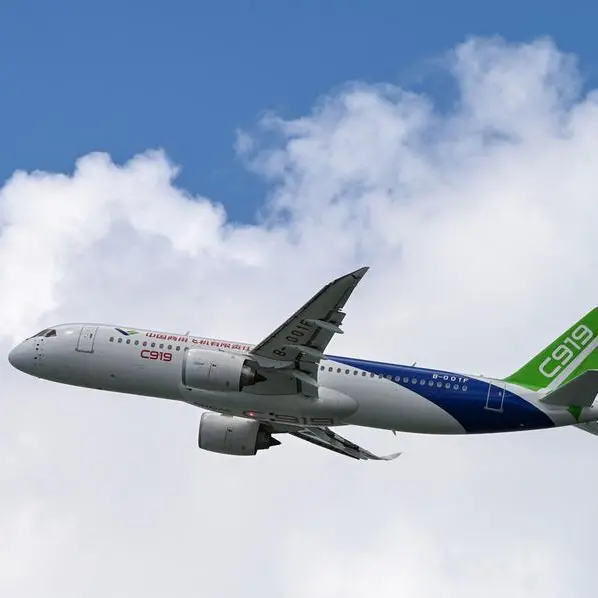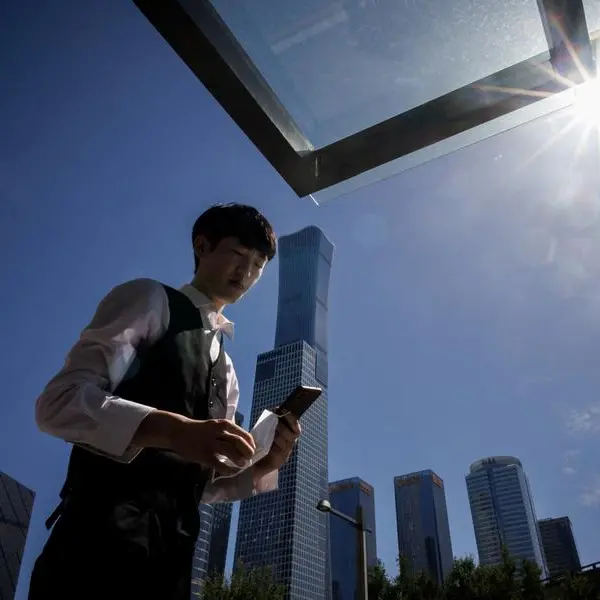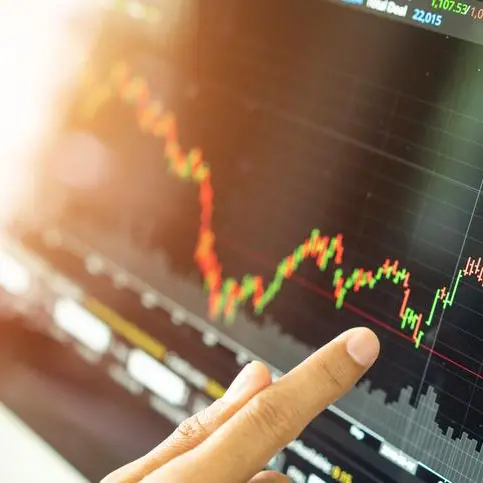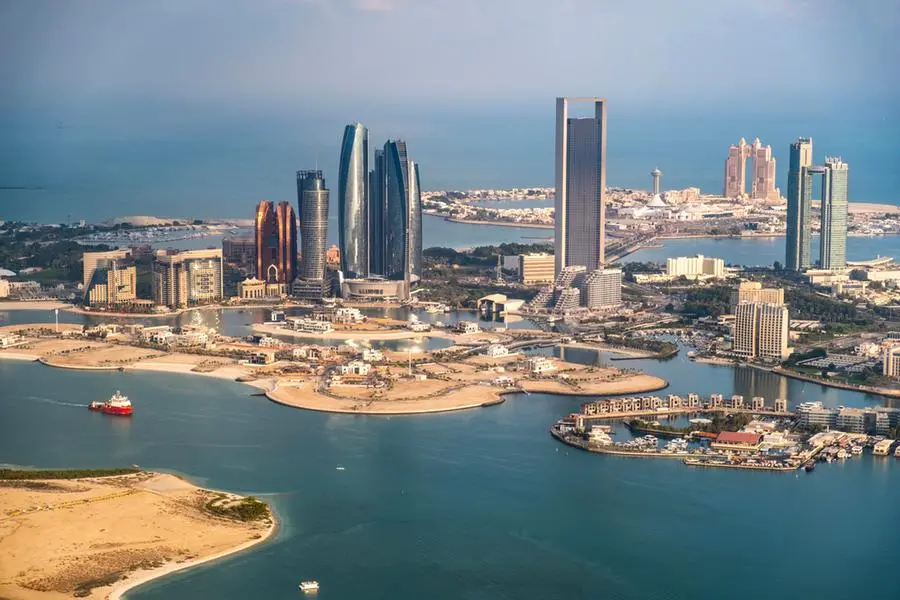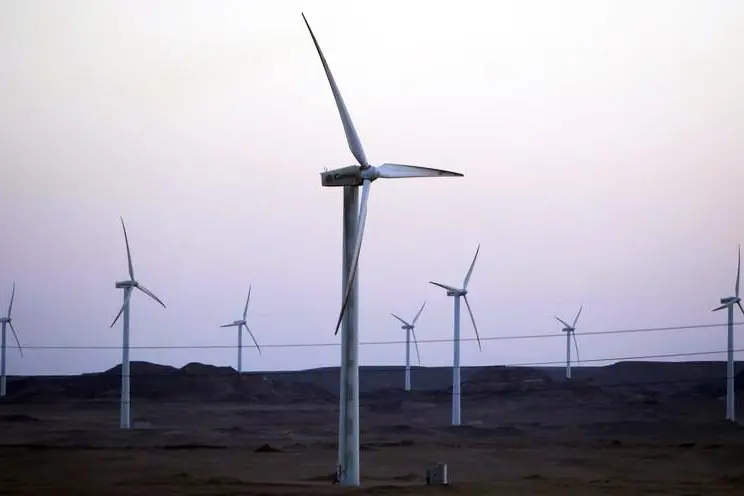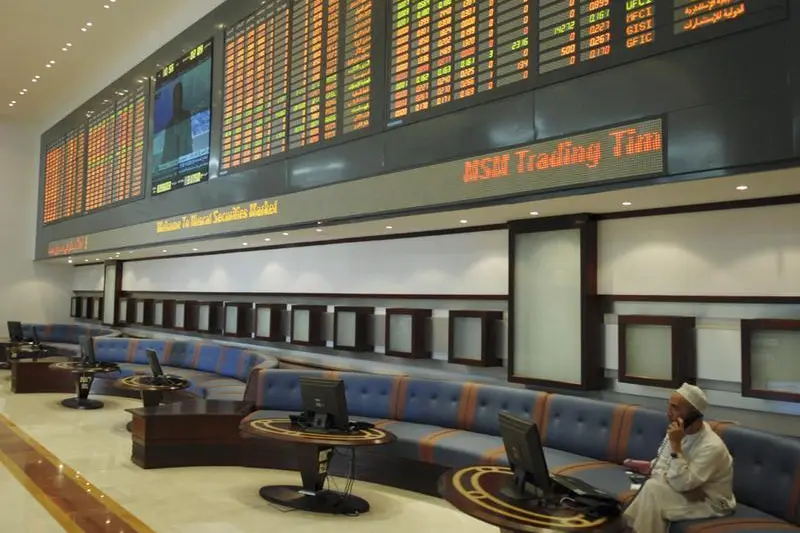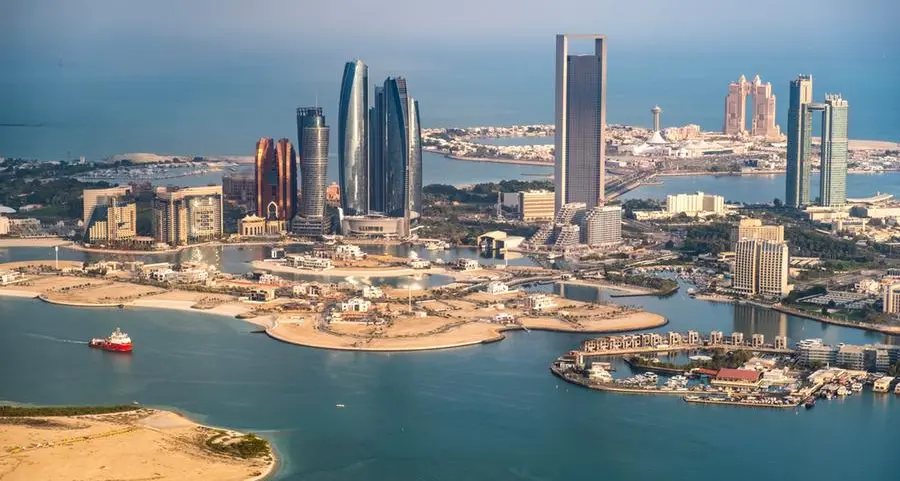PHOTO
The Philippine economy is expected to grow by 5.5 percent this year, below the government's target, with heavy rains seen to prevent a sharp rebound in growth in the third quarter, a report by First Metro Investment Corp. (FMIC) and University of Asia and the Pacific (UA and P) Capital Markets Research showed.
'We still see full year GDP (gross domestic product) growth at a respectable 5.5 percent despite the global slowdown,' FMIC and UA and P said in the Market Call report for September released yesterday.
This forecast is lower than the six to seven percent growth goal set by the government for this year.
The country's economic growth slowed to 4.3 percent in the second quarter from 6.4 percent in the first quarter this year and 7.5 percent in the second quarter last year, as high prices and interest rates dampened consumption.
In the first semester, the economy grew by 5.3 percent.
For the third quarter, FMIC and UA and P expect the economy to grow by five to 5.2 percent, to be driven largely by government spending as heavy rains kept consumers at home.
'Despite the weak July-August, we think the NG (national government) will accelerate further its spending on infrastructure and transportation for the rest of the year,' FMIC and UA and P said.
They said the heavy rains in July also impacted employment in the construction and mining and quarrying sub-sectors, with weather conditions affecting operations.
As the rains hindered consumers from going out for dinner or travel, these also brought down employment in the trade and accommodations and food services sub-sectors.
FMIC and UA and P said a strong rebound in jobs and consumption spending is expected by September in preparation for the Christmas season.
'The acceleration of the above sectors plus consumer spending should bring back Q4 (fourth quarter) growth above six percent,' FMIC and UA and P said.
Despite their expectation that inflation will remain elevated until October, FMIC and UA and P said it would likely be back within the Bangko Sentral ng Pilipinas (BSP)'s target range of two to four percent by November.
'While crude oil prices may remain elevated in September and October, rice prices may reverse their climb with international prices peaking in August and rice harvests of the country in September to October reaching the markets,' FMIC and UA and P said.
Inflation accelerated to 5.3 percent in August, reversing a six-month downtrend, due largely to faster increases in food prices.
The August inflation print was within the BSP's 4.8 to 5.6 percent forecast for that month, but was faster than the previous month's inflation rate of 4.7 percent.
In the January to August period, inflation averaged 6.6 percent, higher than the BSP's two to four percent target range.
Copyright © 2022 PhilSTAR Daily, Inc Provided by SyndiGate Media Inc. (Syndigate.info).
